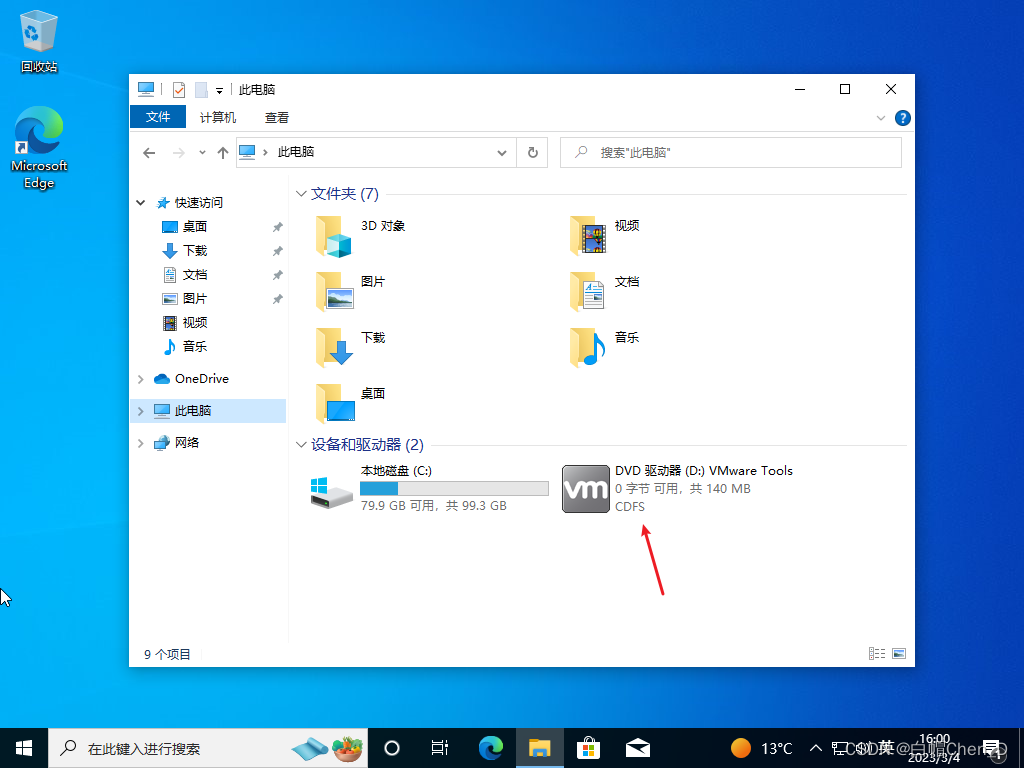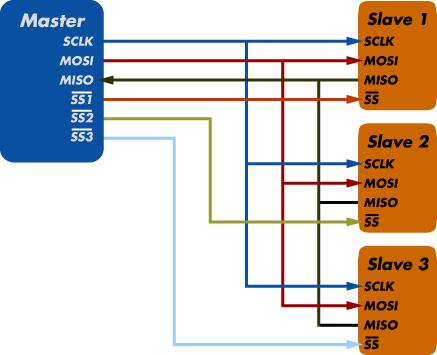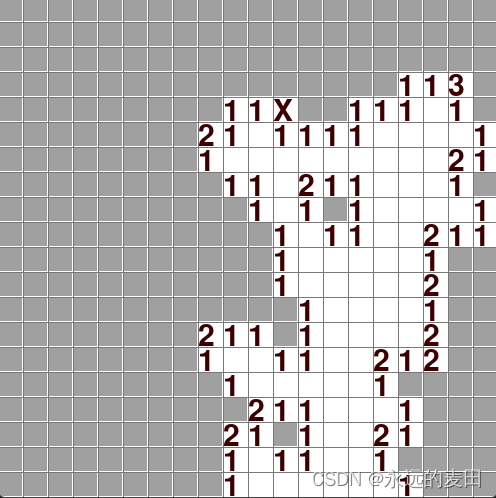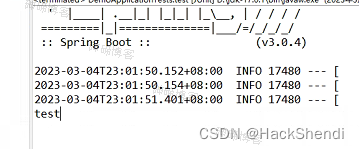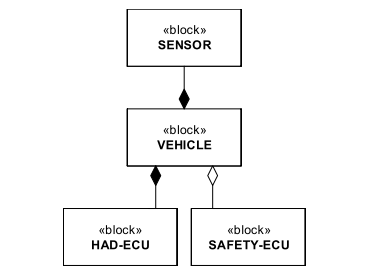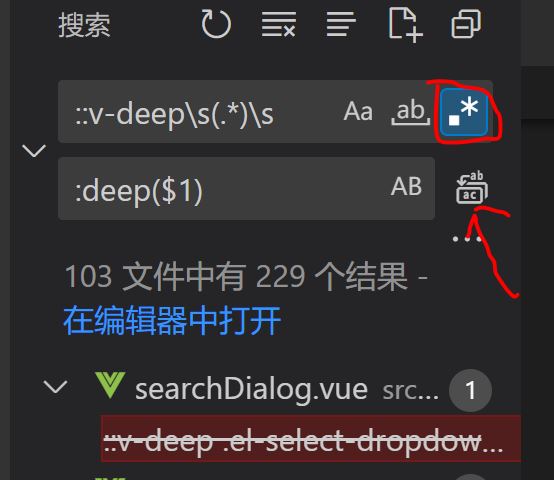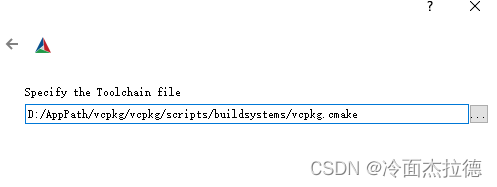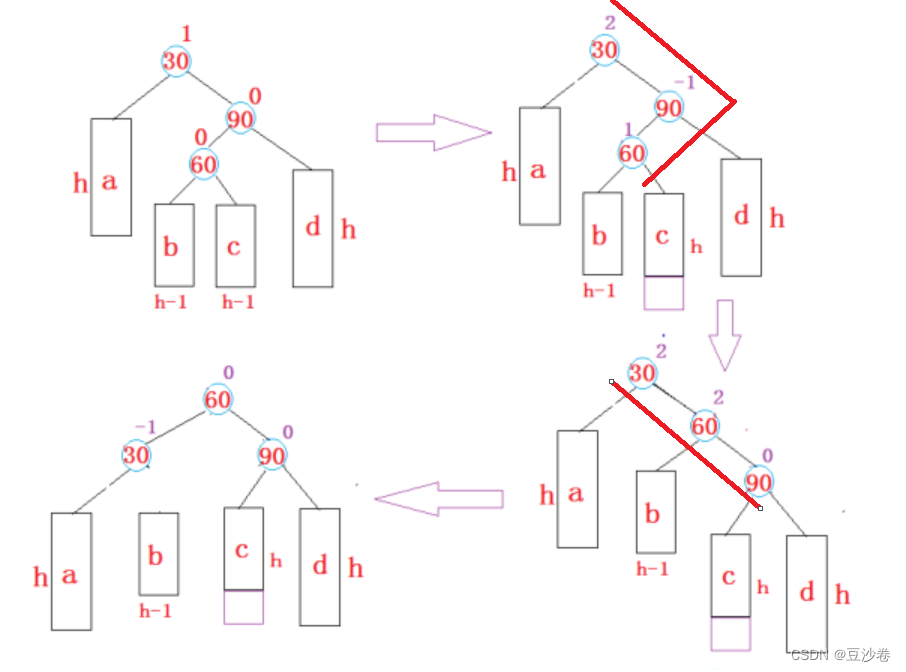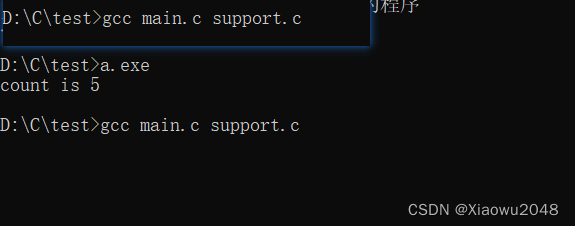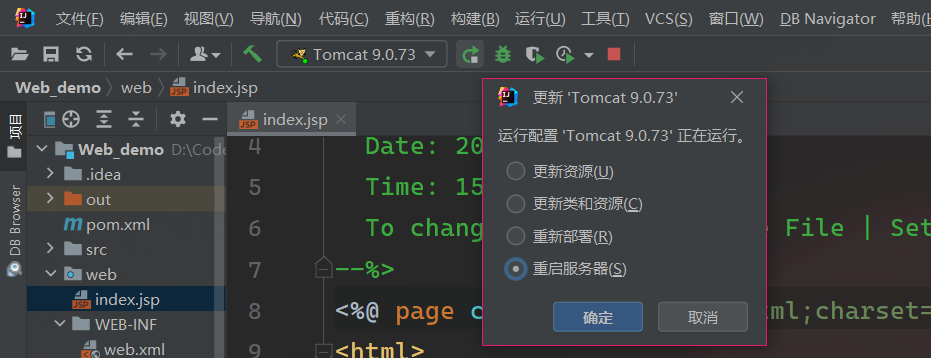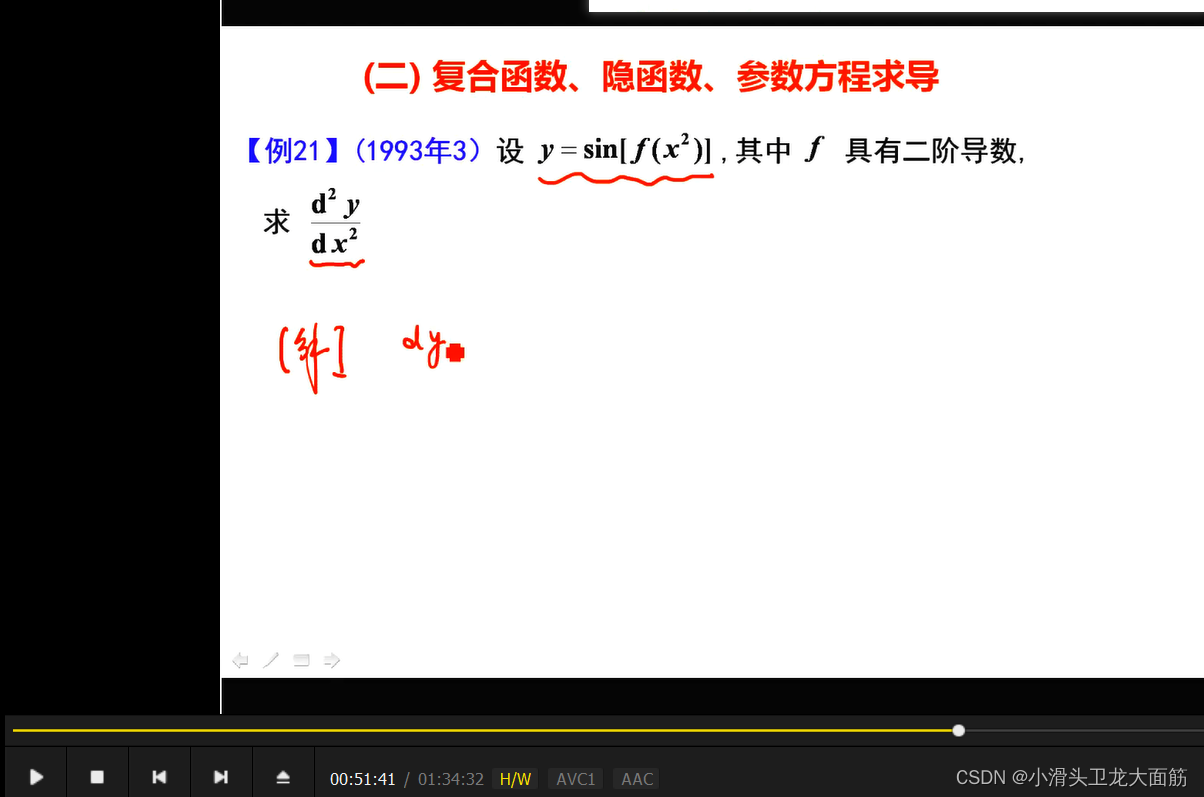Aware接口
- 前言
- 基本内容
- 例子
- 结尾
前言
Spring的依赖注入最大亮点是所有的Bean对Spring容器对存在都是没有意识到,Spring容器中的Bean的耦合度是很低的,我们可以将Spring容器很容易换成其他的容器。
但是实际开发的时候,我们经常要用到Spring容器本身的功能资源,所以Spring容器中的Bean此时要能意识到Spring容器到存在才能调用Spring所提供的资源,我们通过Spring提供的一系列接口Spring Aware来实现具体的功能。
Aware翻译过来:“察觉的,感知的”,如果是XxxAware也就是对…感知的。
基本内容
Aware接口是一种框架辅助属性注入的一种思想,其他框架中
瞧一眼源码:
/**
* Marker superinterface indicating that a bean is eligible to be
* notified by the Spring container of a particular framework object
* through a callback-style method. Actual method signature is
* determined by individual subinterfaces, but should typically
* consist of just one void-returning method that accepts a single
* argument.
*
* <p>Note that merely implementing {@link Aware} provides no default
* functionality. Rather, processing must be done explicitly, for example
* in a {@link org.springframework.beans.factory.config.BeanPostProcessor BeanPostProcessor}.
* Refer to {@link org.springframework.context.support.ApplicationContextAwareProcessor}
* and {@link org.springframework.beans.factory.support.AbstractAutowireCapableBeanFactory}
* for examples of processing {@code *Aware} interface callbacks.
*
* @author Chris Beams
* @since 3.1
*/
public interface Aware {
}
我们可以看到,Aware是一个具有标识作用的超级接口,实现该接口的Bean都具有被Spring容器通知的能力。
而被通知的方式就是通过回调,简单来说:直接或者间接实现了这个接口的类,都具有被Spring容器通知的能力。
Aware接口是回调,监听器和观察者设计模式的混合,它表示bean有资格通过回调方式被Spring容器通知。
有时我们的在Bean的初始化中使用Spring框架自身的一些对象来执行一些操作,比如:
- 获取ServletContext的一些参数。
- 获取ApplicationContext中的BeanDefinition的名字。
- 获取Bean在容器中的名字等等。
这些接口均继承自org.springframework.beans.factory.Aware标记接口,并提供一个将由Bean实现的Set方法,Spring通过基于Setter的依赖注入方式使相应的对象可以被Bean使用。
常见的Aware接口:

例子
以BeanNameAware为例:
BeanNameAware:使对象能够知道容器中定义的bean名称。
public class MyBeanName implements BeanNameAware {
@Override
public void setBeanName(String beanName){
System.out.println(beanName);
}
}
在Spring配置类中注册这种类型的bean:
@Configuration
public class Config{
@Bean(name="WangBeanName")
public MyBeanName getMyBeanName(){
return new MyBeanName();
}
}
启动应用程序上下文并从中获取bean:
AnnotationConfigApplicationContext context = new AnnotationConfigApplicationContext(Config.class);
MyBeanName myBeanName = context.getBean(MyBeanName.class);
从控制台可以看到,setBeanName方法打印出来了"WangBeanName"。
若从@Bean注解中删除name =“…”代码,则在这种情况下,将getMyBeanName()方法名称分配给bean,所以输出将是“getMyBeanName”。
结尾
对于这个接口我觉得说这么多就好,其实重点在于它的设计模式,后面写到设计模式的时候我再把它拿回来说。
